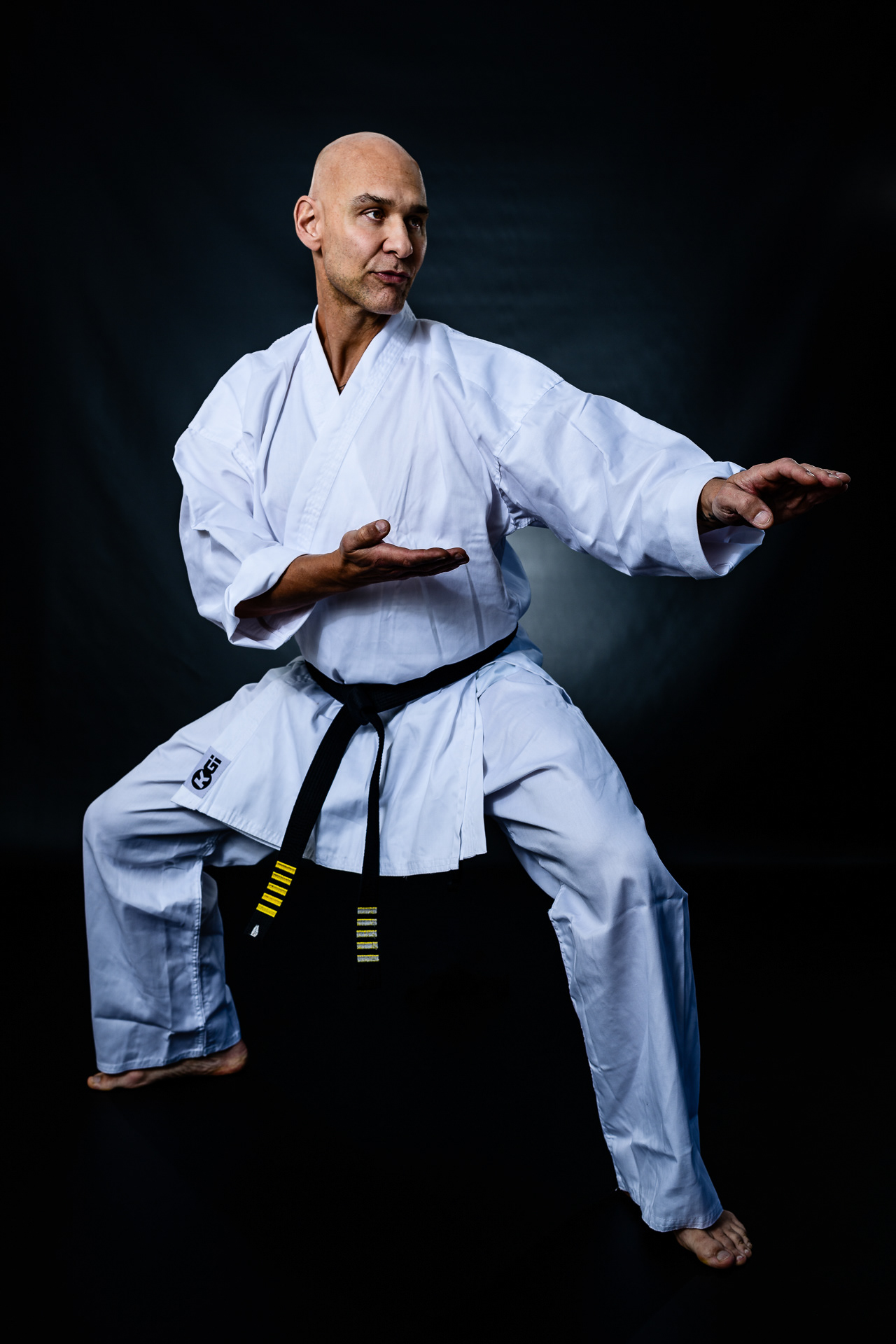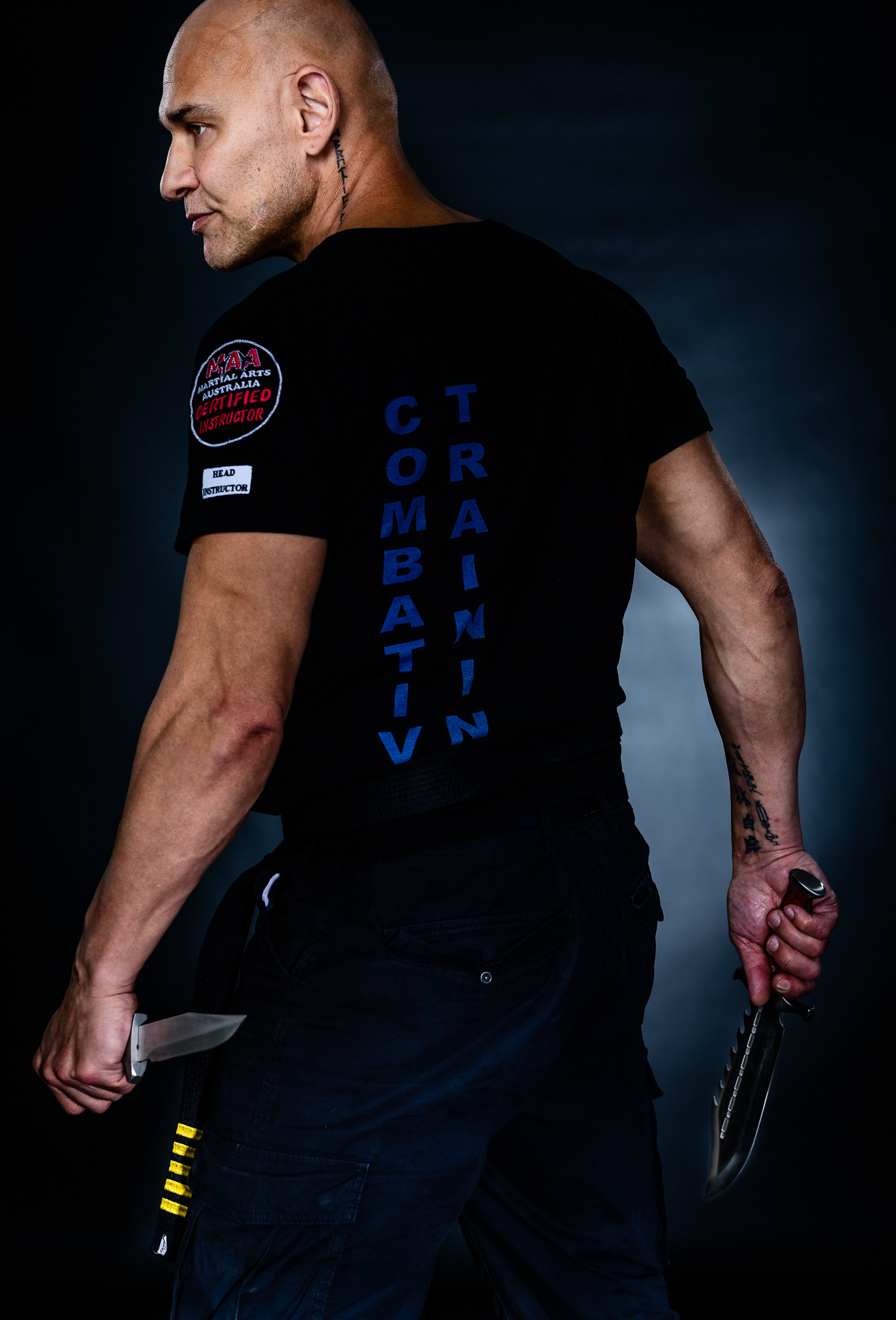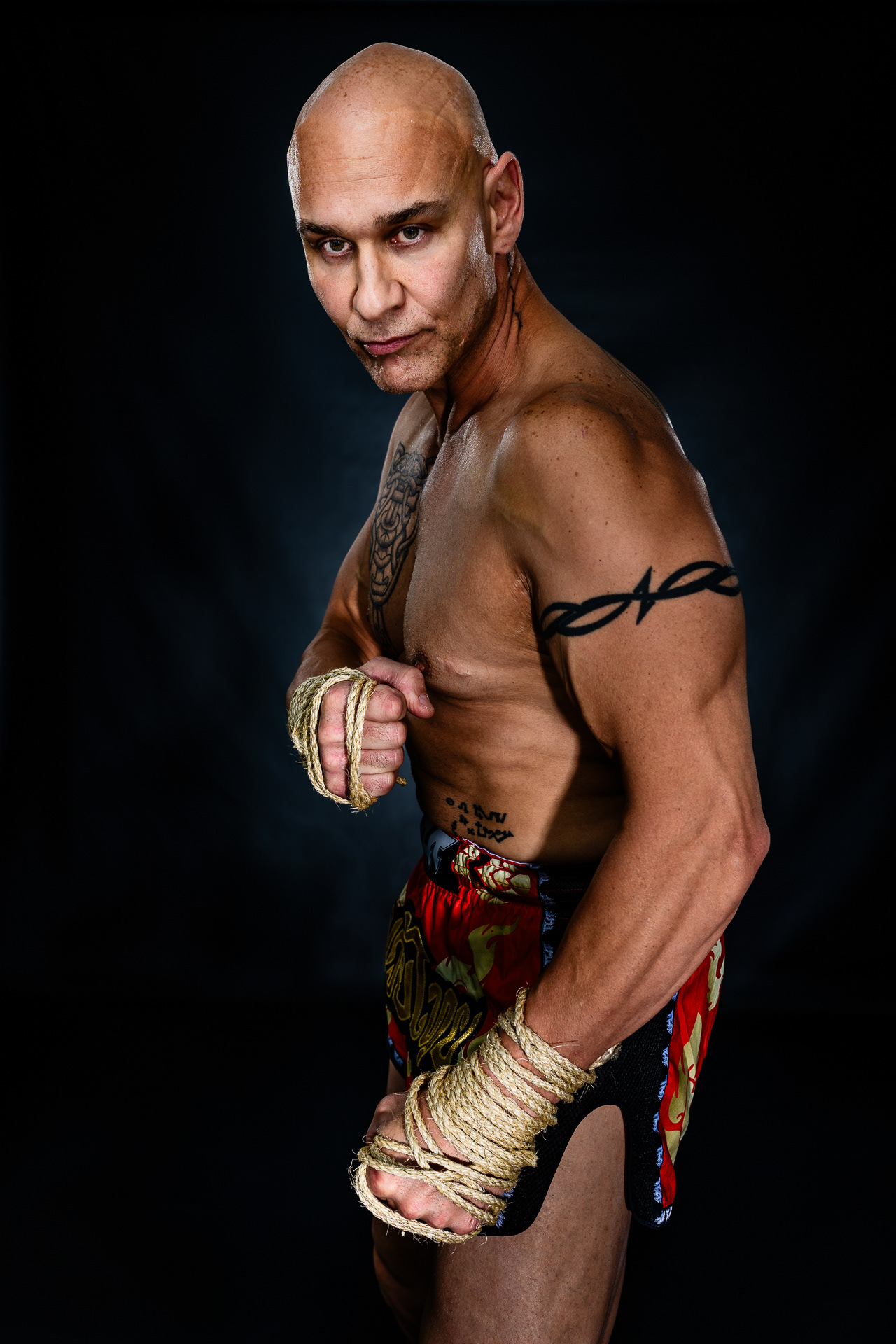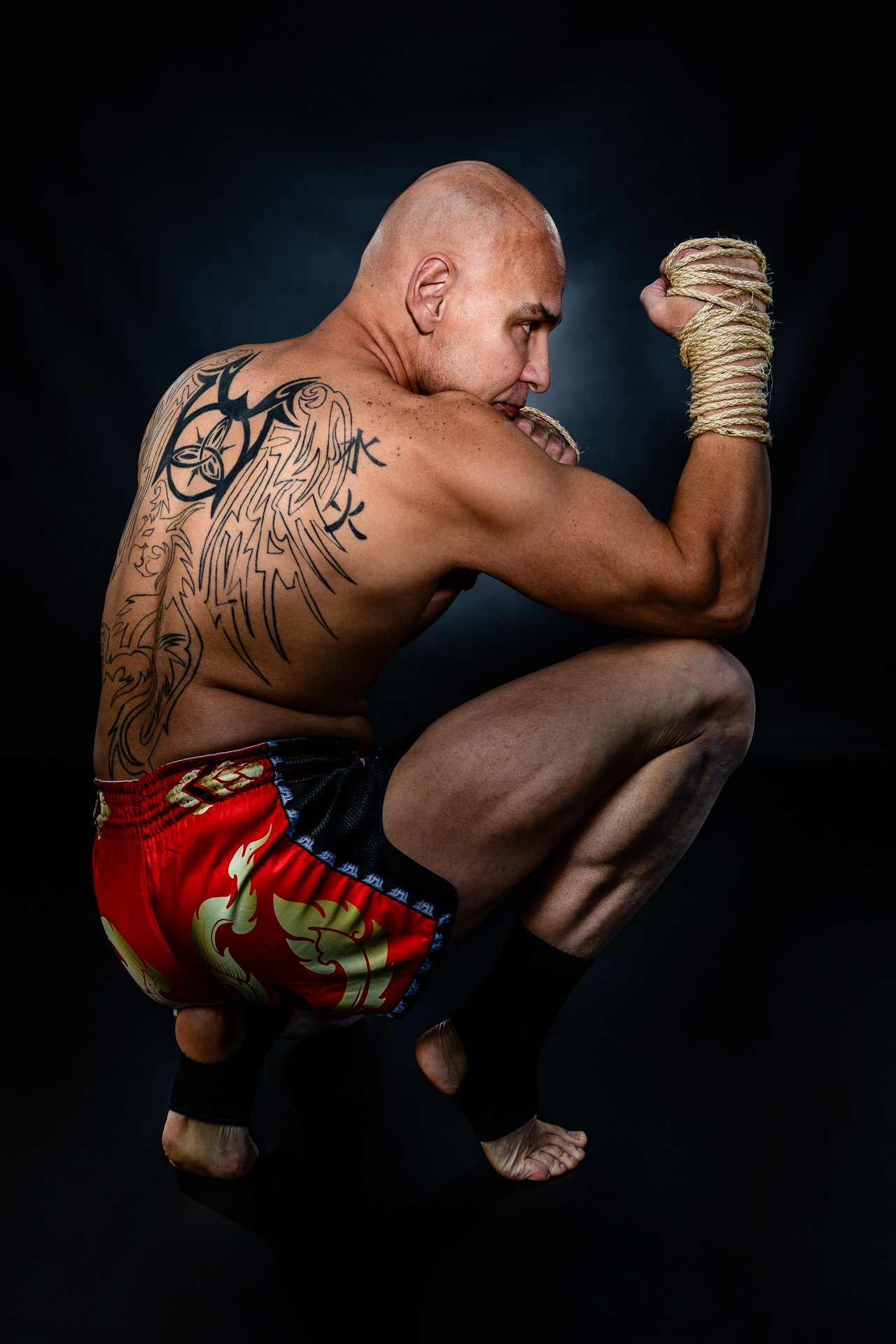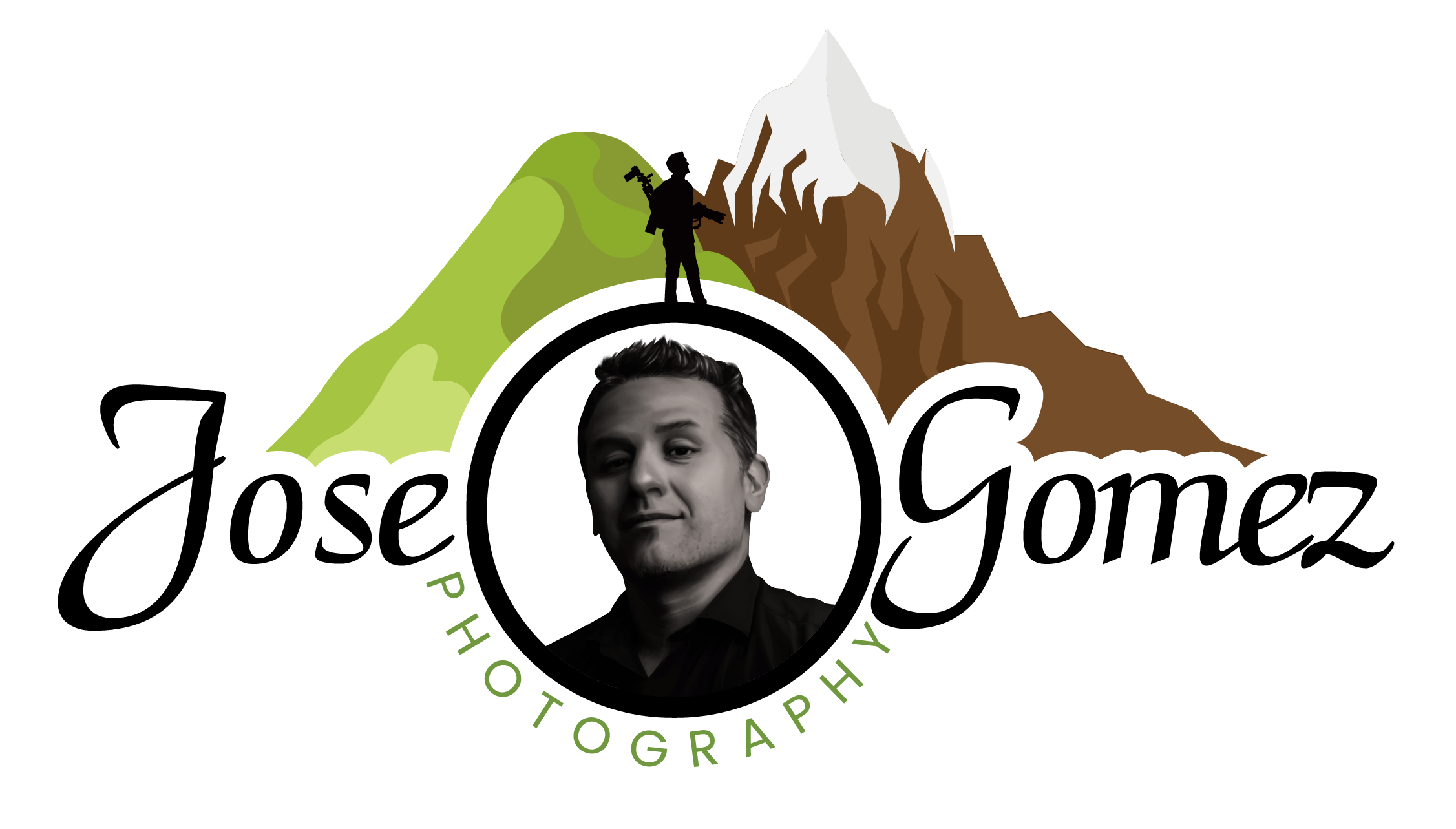As a young child who was bullied during his primary school years, I longed for the school holidays for two reasons. To escape the bullies, and spend time with my grandfather France Donaldson, who encouraged me to stand up for myself with Boxing and my uncle George Donaldson, who fascinated me to no end, with his calisthenics, kung fu and weaponry training.
By early teenage years, I joined my first karate school and spent the next few years reading, watching, and studying all things related to the art of fighting. These art forms included Boxing, Wrestling, Karate, Kungfu, Kickboxing, Close Quarter Armed/Unarmed Combat, and weaponry.
As I look back at my years of training, I note the old school methods would be considered brutally excessive by today’s standards. Training sessions would commonly finish with grappling or sparing, bare foot, in the mud behind the training hall, with only a pair of shorts and mouth guard for protection. Karate training was always serious and technical with hundreds of push-ups as motivation, every time that form was incorrect. Training in Thailand alongside mainland title fighters, reinforced the discipline, that when you turned up to train, your mental and physical alertness, had to be at optimum level. Keeping up with Thailand middle weight title holders meant one was expected to train six days a week, twice a day. Running, board breaking with elbows, repeated shin conditioning sessions; learning the Muay Thai culture- inclusive of the Wai Kru, were part of the mental, physical, and spiritual conditioning. You trained no matter what, or until you dropped.
As I look back at my years of training, I note the old school methods would be considered brutally excessive by today’s standards. Training sessions would commonly finish with grappling or sparing, bare foot, in the mud behind the training hall, with only a pair of shorts and mouth guard for protection. Karate training was always serious and technical with hundreds of push-ups as motivation, every time that form was incorrect. Training in Thailand alongside mainland title fighters, reinforced the discipline, that when you turned up to train, your mental and physical alertness, had to be at optimum level. Keeping up with Thailand middle weight title holders meant one was expected to train six days a week, twice a day. Running, board breaking with elbows, repeated shin conditioning sessions; learning the Muay Thai culture- inclusive of the Wai Kru, were part of the mental, physical, and spiritual conditioning. You trained no matter what, or until you dropped.
Whilst I willingly enjoyed this hard-core style of training and used this methodology quite successfully when in competing mode, I also acknowledge that this style of training has had to change within today’s society and its expectations.
As my interest of all things martial arts continued to grow like an insatiable appetite, exploring weapons as a martial artist was an obvious path of choice. Weapons training exists within the traditional and other Thai systems, including swords, staffs and sticks, Karate focuses on all weapons and proudly of the Katana.
Having trained in a variety of martial systems, earning black belts in several styles and competing successfully in contact tournaments, I eventually decided that I could learn even more by teaching.
As the Head Instructor of TSR Combative Training, my thirty-five plus years in martial arts training has taught me many important life lessons. The one lesson that relates to martial arts longevity is what I to refer to as: Choice = Outcome. Translation – Pick a goal you have passion for, research / learn it, adopt the discipline of consistent learning, make this study a regular habit. Research and learning, no matter what it is, will always produce positive outcomes. This positivity becomes transferable in our physical, mental, emotional, and spiritual states.
The TSR Head Coach is accredited by the MAIA, has a master’s Teaching Accreditation from the WOMA council and is an accredited Trainer under the VABL. These accreditations enable TSR to provide fun education and achievable training goals for all individuals, which includes learning for fun, as a hobby, self-defence, empowerment, or tournament level training.
The benefits of Martial Arts are a greater level of physical and mental well-being and confidence development.
